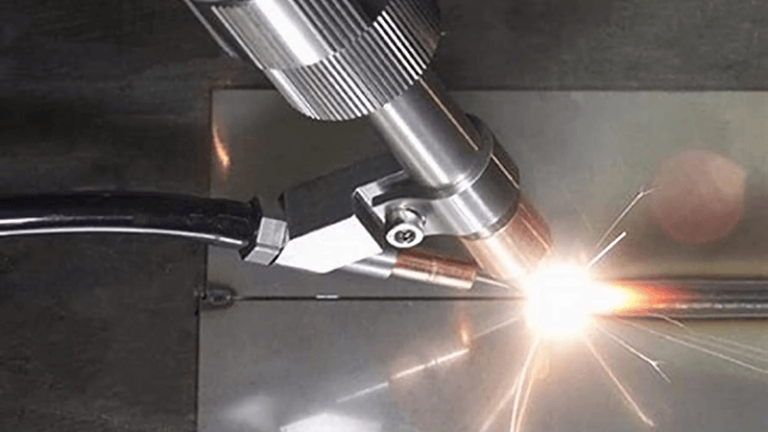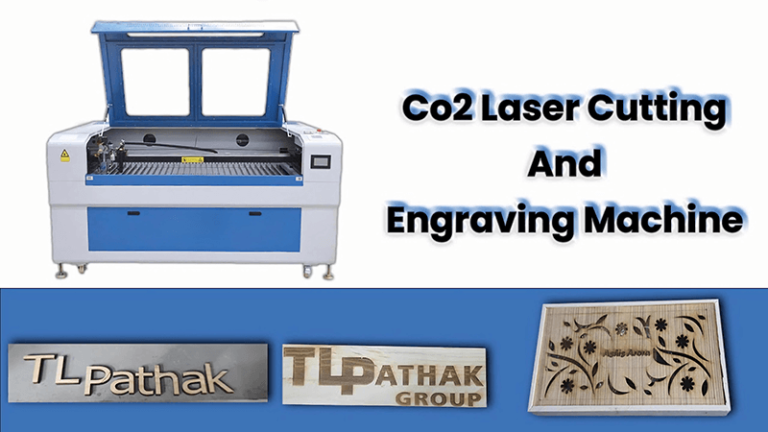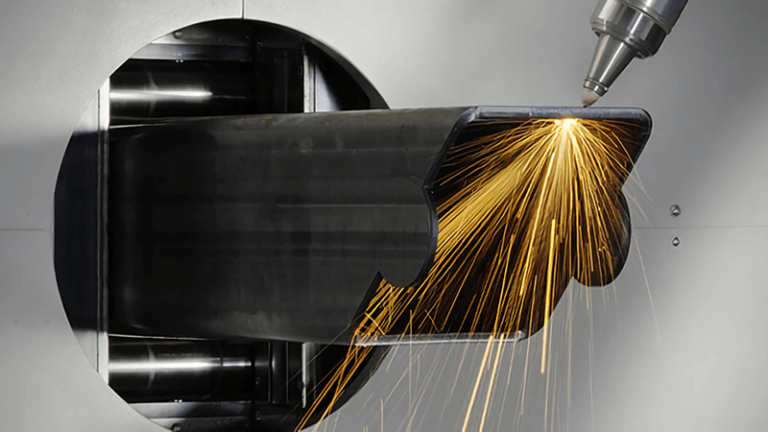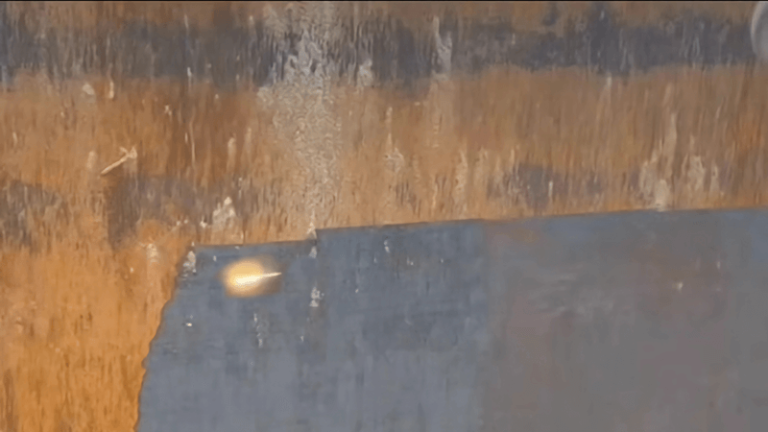Shell casings are precise, often reused, and incredibly sensitive to damage—yet rust is relentless. Traditional methods like acids or scrubbing leave residues or wear down the metal. What’s the cleanest, safest way to restore a rusted casing?
Laser cleaning is the fastest and most precise way to remove rust from shell casings without damaging the underlying brass or leaving chemical residue.
When I clean shell casings, I need precision. I’ve used laser cleaning machines for years—tuned right, the beam vaporizes rust instantly, leaving the brass untouched. It’s fast, non-contact, and ideal for shell refurbishment. And the best part? No chemicals, no scrubbing, no mess.

Does WD-40 really remove rust?
WD-40 is everywhere in workshops and garages. People often grab it as a catch-all solution for rust. But is it really up to the task—especially when we're dealing with something as delicate and precise as a shell casing?
WD-40 can loosen surface rust temporarily, but it doesn’t truly remove deep corrosion—and it's far from ideal for precision parts like shell casings.
Why WD-40 isn't enough for serious rust removal
WD-40 is a water-displacing spray with some rust-inhibiting properties. It can penetrate minor surface rust and slow further oxidation. But it’s not a remover1—it just softens the rust. For small parts, especially those intended for reuse like shell casings, this approach is risky.
Key Limitations of WD-40:
| Feature | WD-40 | Laser Cleaning2 |
|---|---|---|
| Removes deep corrosion | ❌ Surface only | ✅ Vaporizes all layers |
| Leaves chemical residue | ✅ Yes | ❌ No |
| Safe for reuse components | ⚠️ Potential contamination | ✅ Fully clean and residue-free |
| Time efficiency | ⏳ Slow | ⚡ Extremely fast |
In a recent case, a military refurbisher told us that WD-40 and chemical dips were inconsistent. Residue caused jams in firing tests. We swapped in a Kirin Laser cleaning machine3—they had clean brass ready in seconds, without soaking or drying.

What dissolves rust the fastest?
When you’re fighting rust, speed matters. People try vinegar, citric acid, electrolysis—but what actually strips away oxidation the fastest without risk?
Laser cleaning is currently the fastest rust removal method available—no soaking, no scrubbing, just precise, instantaneous ablation.
Comparing Rust Dissolution Methods
Let’s look at common methods people try and how they stack up:
Rust Removal Speed Comparison:
| Method | Avg. Time per Casing | Mess/Residue | Material Safety | Reusability |
|---|---|---|---|---|
| Vinegar Soak | 6–12 hrs | High | Risk of pitting | ❌ |
| Citric Acid | 4–6 hrs | Moderate | Surface dulling | ❌ |
| Electrolysis | 1–2 hrs | Moderate | Risk of overcurrent | ⚠️ |
| Sandblasting | 5–10 min | High | Abrasive damage | ⚠️ |
| Laser Cleaning (Kirin)4 | <30 sec | None | ✅ Non-contact | ✅ Yes |
I’ve cleaned hundreds of rusted casings myself. With laser cleaning, I don’t wait. I don’t rinse. I don’t worry. I just aim, calibrate the pulse, and the rust disappears5 in under a minute. For production lines, this is a game-changer.

What is the most powerful rust dissolver?
Some people look for the “strongest” chemical—muriatic acid, naval jelly, even industrial-grade solvents. These are harsh, messy, and often dangerous. But what’s the most powerful, yet safe, solution?
The most powerful rust remover isn’t chemical—it’s light. High-pulse laser cleaning obliterates rust without harming the metal beneath.
Why Power Alone Isn’t the Answer—Precision Matters
We’ve had customers ask, “What’s your strongest laser?” But what they really need is precision. A too-strong beam can damage delicate parts. The Kirin Laser cleaning system6 gives you full control—power, pulse width, frequency—so you can target only the rust.
Why Laser Power Beats Chemicals:
| Attribute | Strong Chemicals | Laser Cleaning |
|---|---|---|
| Penetration Depth | Uncontrolled | Precisely tunable |
| Environmental Safety | ❌ Toxic vapors | ✅ No emissions |
| Equipment Corrosion Risk | ✅ High | ❌ None |
| Reusability of Material | ⚠️ Not guaranteed | ✅ 100% safe |
One defense contractor we worked with used acids to clean artillery shells. The process etched the brass, weakened the casing, and cost time in neutralizing the chemicals. We replaced it with our Kirin laser cleaner7—they boosted throughput and eliminated reprocessing steps entirely.

How to remove rust from metal without scrubbing?
Scrubbing is manual, inconsistent, and can warp small items like casings. Especially for industrial applications or mass refurbishing, manual labor just doesn’t scale. So—what works?
Laser cleaning removes rust completely without any physical contact or abrasives. It’s the most efficient hands-free method available.
Beyond the Wire Brush—Hands-Free Rust Removal
The big problem with scrubbing isn’t just effort—it’s inconsistency. Workers apply uneven force. Brushes wear down. You miss spots. With laser systems, every part is cleaned uniformly, every time.
Hands-Free Rust Removal: Options Compared
| Method | Manual Labor Required | Consistency | Surface Preservation |
|---|---|---|---|
| Wire brushing | ✅ High | ⚠️ Variable | ❌ Risk of scratches |
| Rotary sanding | ✅ High | ⚠️ Inconsistent | ❌ Over-removal |
| Acid soaking + rinsing | ⚠️ Indirect effort | ⚠️ Depends on soak | ⚠️ Risk of corrosion |
| Laser Cleaning (Kirin)8 | ❌ None | ✅ Very high | ✅ Full preservation |
Laser cleaning allows automation too. You can set up fixtures, program repeat patterns, and clean batches of casings9 without lifting a hand. For production environments or refurbishing centers, that means higher throughput, lower fatigue, and better results.
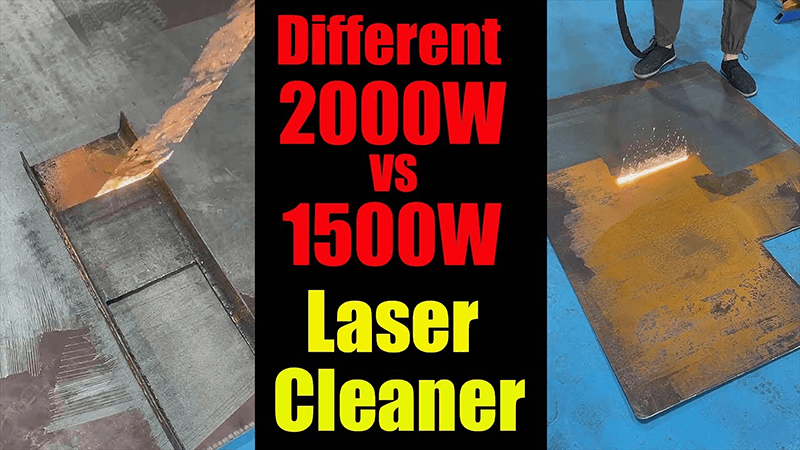
Conclusion
Rust on shell casings isn’t just a cosmetic issue—it’s a precision threat. Chemical removers leave residue. Scrubbing wears down the surface. But laser cleaning10? It’s fast, contactless, and exact. At Kirin Laser, I’ve helped clients switch from slow, risky methods to precision laser systems that clean rust 5x faster and extend the life of every part. Whether you're refurbishing military rounds or preserving vintage casings, laser is the future—and it's here now.
-
Discover alternatives to WD-40 for rust removal that ensure thorough cleaning without leaving residues, ideal for sensitive components. ↩
-
Learn about Laser Cleaning technology and its advantages for rust removal, offering a fast and residue-free solution. ↩
-
Discover how Kirin Laser machines offer fast, residue-free rust removal, ideal for refurbishing and ensuring component safety and efficiency. ↩
-
Discover how Laser Cleaning can revolutionize your rust removal process with speed and efficiency. ↩
-
Discover how laser cleaning technology can efficiently remove rust in seconds, revolutionizing rust removal for industrial applications. ↩
-
Explore this link to understand how the Kirin Laser cleaning system offers precision and control for effective cleaning. ↩
-
Discover how the Kirin laser cleaner enhances precision and safety in industrial cleaning, offering a superior alternative to traditional methods. ↩
-
Discover how Laser Cleaning (Kirin) can enhance efficiency and preserve surfaces in rust removal. ↩
-
Discover how laser cleaning technology enhances efficiency and consistency in cleaning batches of casings, boosting productivity in industrial settings. ↩
-
Clicking this link to get all your needs about cleaning solutions, trying laser cleaning machine for your applications. ↩


